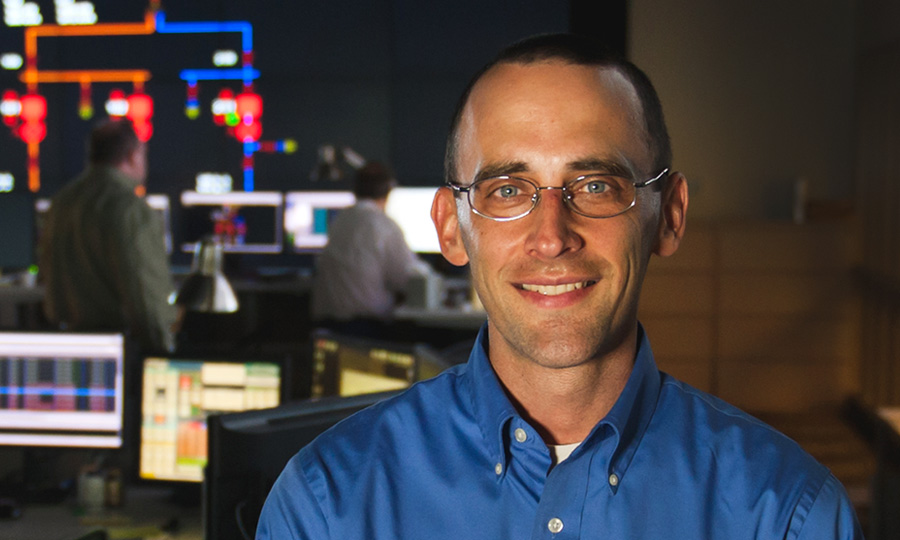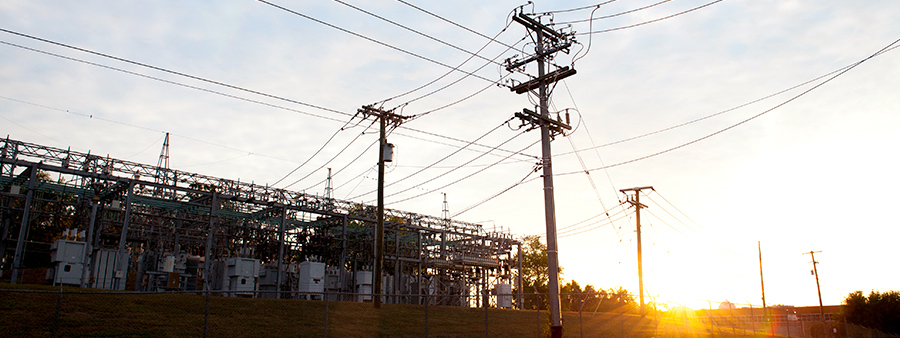
Setting the Bar Higher
Many utilities claim to have “smart grids,” but we’ve always believed EPB’s truly comprehensive Smart Grid is a step above the rest. When the same organization that issues LEED certifications for sustainable buildings developed a framework to test the performance and effectiveness of power systems, we were ready to show the world what it really means to have a Smart Grid.
For the PEER (Performance Excellence in Electricity Renewal) certification, EPB’s leadership and project teams spent over a year evaluating criteria in operational effectiveness, customer contribution, reliability and resiliency, and energy efficiency and environment. And the end result? Our Smart Grid passed with flying colors, well exceeding the base requirement by 23 percent and becoming the first PEER-certified utility in the country. For us, it’s more than a validation of what we’ve always believed, it has helped us become a leader in grid modernization and set a standard for other utility providers to follow.
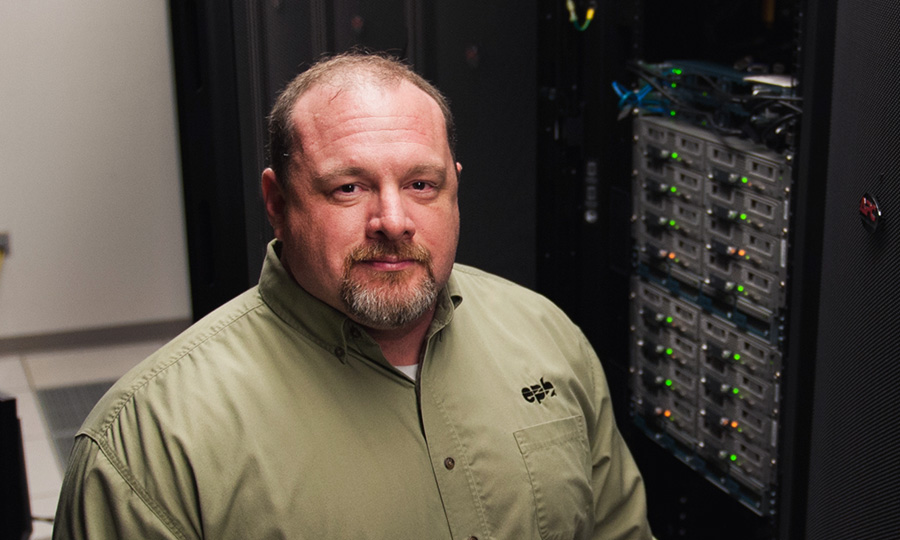
Jason Read Senior Engineer
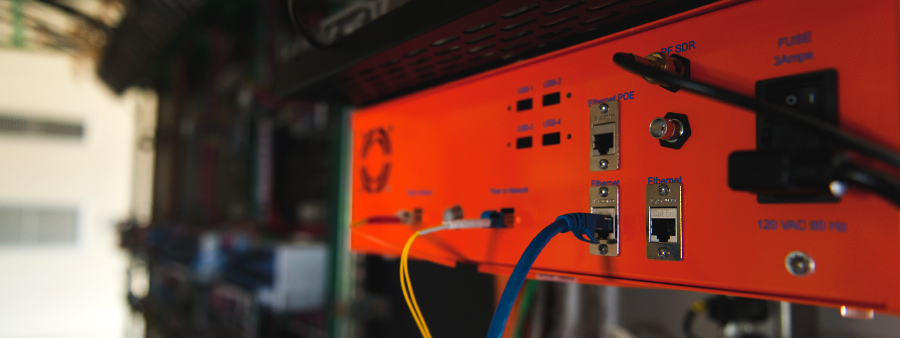

Kevin Wilkes SCAIDA Engineering Tech Level II
A partnership with endless possibilities
As a power industry leader, Chattanooga has become a popular destination for innovators in the energy sector. It seems fitting, then, that this year, Oak Ridge National Laboratory announced plans to open their Chattanooga office in the Innovation District.
Two years into EPB’s partnership with ORNL, we are just beginning to realize the many benefits of working with the Department of Energy’s largest research lab. ORNL not only has access to our Smart Grid’s data points, but they can now use Chattanooga as a test bed for their new products. Meanwhile, we have the nation’s top minds working with our teams to help us further enhance our power grid and bring more comfort, convenience, and quality of life to our city.
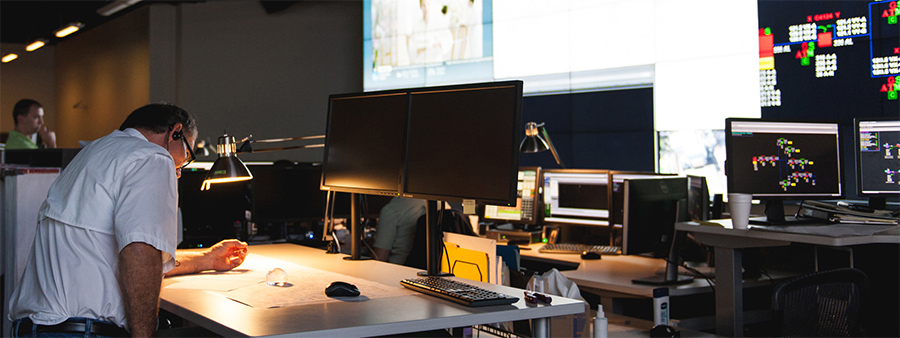
When your voltage is “trending,” we’ll catch it
EPB’s engineers are always looking for ways to improve our smart grid capabilities and keep up the high standards we’ve set for ourselves. This year that meant system updates for automated anomaly detection, improved self-healing capabilities, and paperless readouts to reduce waste.
Our engineers also developed a better way to monitor smart meter voltage readings. By applying the same Twitter algorithm that detects when something is “trending” online, we can detect voltage anomalies that would have previously gone undetected for weeks. Now, we’re able to address problems before they cause our customers any inconvenience.
